|
BOOK DESCRIPTIONS & NOTES FOR COLLECTORS
-YOUNG FOLKS COLOINAL LLIBRARY - McLoughlin Bros.
5 7/8” X 51/4” in a cloth binding that is grayish tan. There is white lettering on the front. Color pictures on the front, different for each book. These books are 64 – 96 pages in length, and are only about 3/8” thick. They have decorated end papers in a pattern with flowers and leaves.
Illustrations: Frontispiece in full-color lithograph on coated paper, plus numerous full and partial page illustrations on plain paper.
Artists: N. Ives, B.M. Fairbank
-BOY SCOUT SERIES - Crowell
These books are volumes 3, 4 & 5 of the 6 volume Boy Scout Series. The other books in this series were authored by Edwin L. Sabin. The Fitzhugh books are found in 2 versions:
Version 1 - 7 1/2” X 5 ½” Has a cloth binding, in green or brown with black lettering. Pictorial front, decorated in orange, yellow and black, which is different for each book. The spine carries a circle with a small picture or emblem in black which is different for each book.
Illustrations: Volume 3 with a fold-out map on page one.
Volumes 3 & 5 Frontispiece plus 4 others on coated paper.
Volume 4 Frontispiece plus 3 others on coated paper.
Dust Jacket: White Coated Paper with the same picture as the book cover.
Version 2 - 7 1/2” X 5 1/8” Has a cloth binding, in light gray-green (varying shades) and with black lettering. Pictorial front, in orange and black, they are different for each book.
Illustrations: Volumes 3 & 5 Frontispiece plus 4 others on coated paper.
Volume 4 Frontispiece plus 3 others on coated paper.
Dust Jacket: White Coated Paper with the same picture as on the book cover.
NOTES:
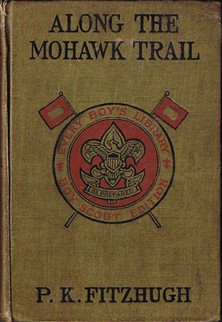
Volume one of this series, Along the Mohawk Trail, was also included in the literature series EVERY BOYS LIBRARY, BOY SCOUT EDITION by Grosset & Dunlap.
7 5/8” X 5 1/4” With a cloth binding in Green and with black lettering on the spine and front. There is a red and black Every Boy's Library - Boy Scout edition logo on the front. This version includes a frontispiece plus 3 illustrations by Remington Schuyler
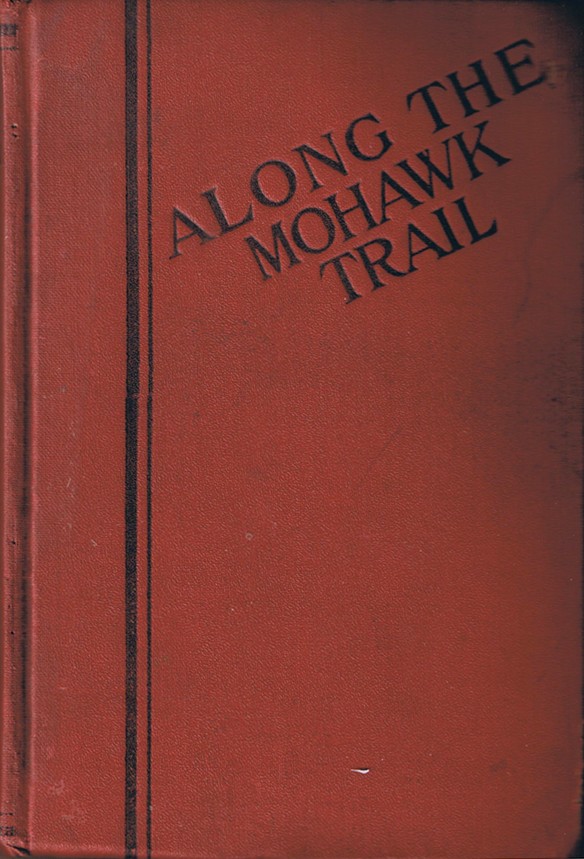 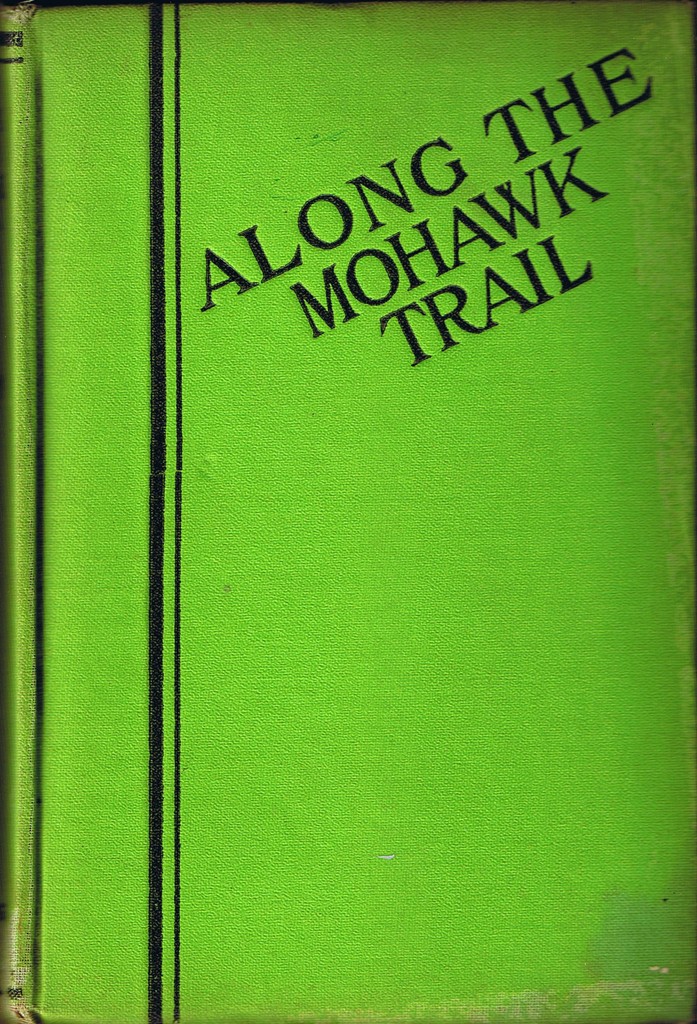
Volume one of this series (and possibily others) was also published by World Syndicate Publishing Company.
7 7/8" X 5 1/4" HC, With a dark red or green cloth binding and with the title in black.
Volume one of this series was also published by Grosset & Dunlap.
7 7/8" X 5 1/4" HC, With a light green cloth binding and with the title in yellow and embossed with the Boy Scout Logo on the spine, blank front.
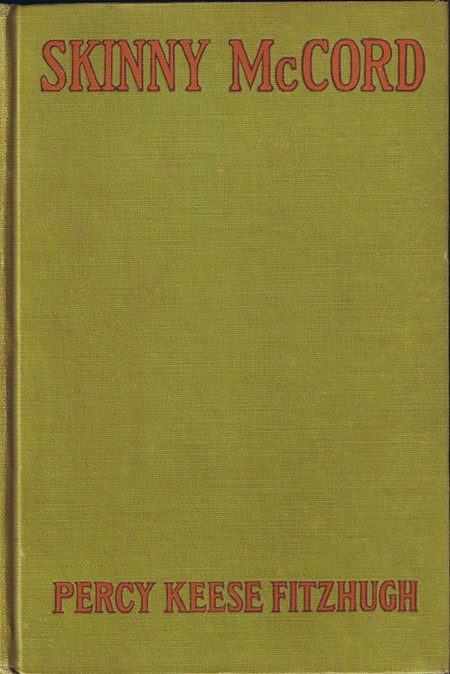 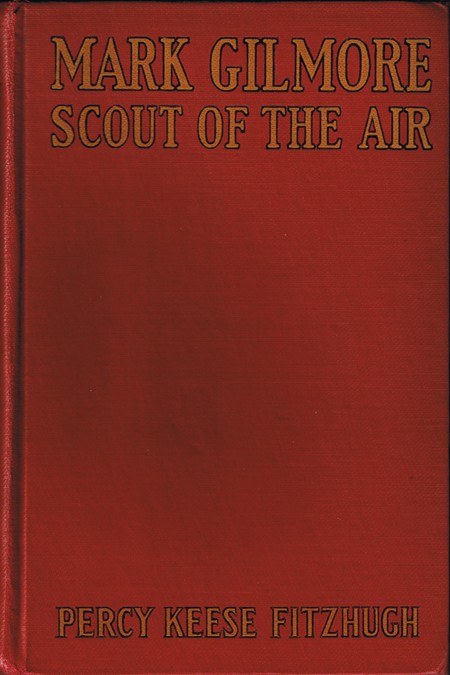
-BUDDY BOOKS FOR BOYS - Grosset & Dunlap
These books are volumes 1 - 9 of the 28 volume Buddy Books for Boys Series published by Grosset & Dunlap. The other books in this series were authored by Capt. V. T. Sherman, Irving Crump, Edward Leonard, William Heyliger & Byron A Dunn. Some of the volumes by other authors were released as individual volumes prior to being included in this series.
7 5/8” X 5 1/4” With a cloth binding in red, and with black lettering on the spine. Yellow lettering outlined in black is on the front; also black lettering on both front and spine, undecorated. This format is common to the entire series except for volumes 2, 4, 5 which usually appear in a light green cloth binding with orange lettering outlined in black on the front, and black lettering on the spine.
Illustrations: Frontispiece plus three others on coated paper.
Dust Jacket: White Coated Paper, pictorial in color, which is different for each book, on the spine of the dust jacket a small portrait of the “Buddy” appears.
Note:
Some collectors do not include the Mark Gilmore books in this series as they are not “Scout oriented” (even thoughTom Slade apears in the first volume) and because they were also included in Grosset & Dunlap’s Flying Stories series. They are also sometimes considered a series of thier own although they were never actually released as such.
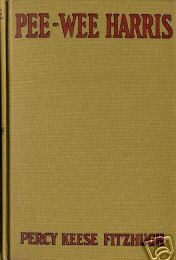
-PEE-WEE HARRIS SERIES - Grosset & Dunlap
7 5/8” X 5 1/4” With a cloth binding in a mustard yellow and with black lettering on the spine. There is red lettering outlined in black on the front; undecorated. This format is common to the entire series.
Illustrations: Frontispiece plus three others on coated paper (all are by H. S. Barbour)
Dust Jacket: White Coated Paper, pictorial in color, A different one for each book, Volume #1 is a photograph of Hackensack Boy Scout -Al Gar Bloom- outfitted like Pee-wee. On the spine of each dust jacket a small portrait of Pee-wee appears.
Whitman Publishing versions: see 2300 series below.
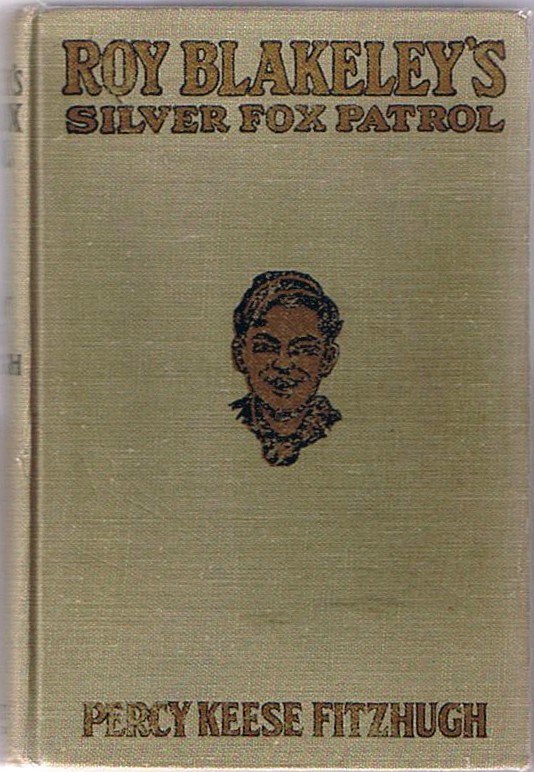 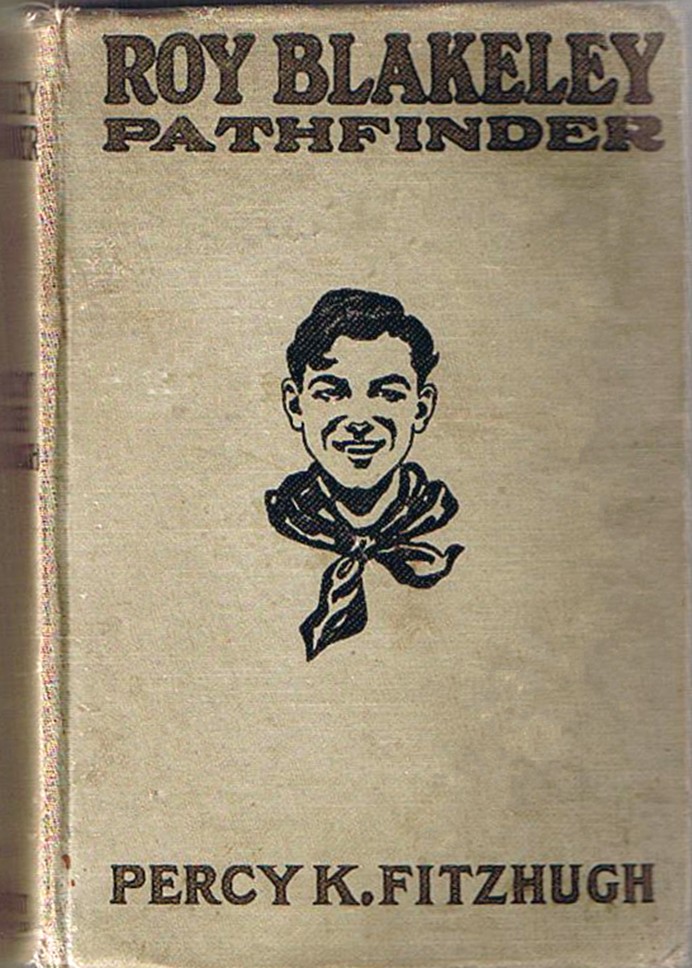 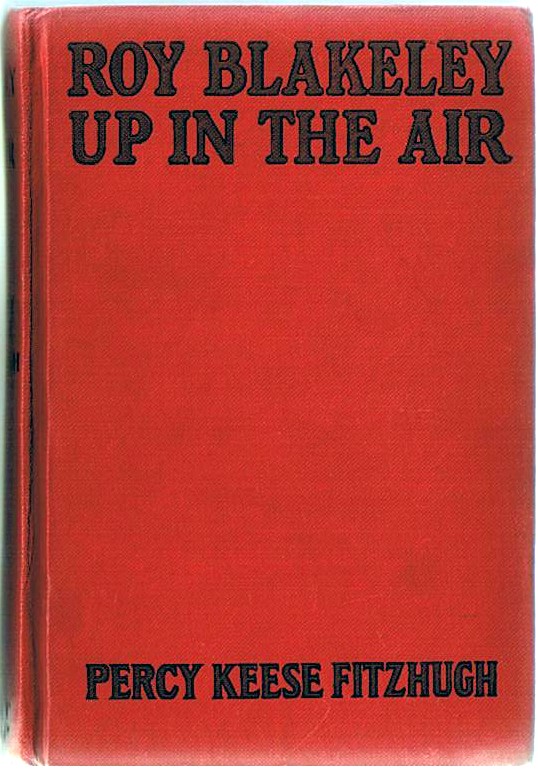
-ROY BLAKELEY SERIES - Grosset & Dunlap
Version 1: (only volumes 1 – 8)
7 5/8” X 5 1/4” With a cloth binding in gray and with black lettering on the spine. Brown lettering outlined in black on the front; decorated with a small picture of Roy’s face in the center of the front cover. Two styles of the pictured face have been found. This format is common to the entire eight volumes.
Illustrations: Frontispiece plus three others. All of the frontispieces are on coated paper. Some books have been noted with one, two, and three of the interior illustrations on plain paper as well as all three on coated paper. Volumes with interior illustrations on both plain and coated paper are uncommon.
Version 2:
7 5/8” X 5 1/4” With cloth binding in red and with black lettering on the spine. There is brown lettering outlined in black on the front, undecorated. This format is common to the entire series.
Illustrations: Frontispiece plus three others on coated paper.
Dust Jacket: White Coated Paper, pictorial in color, each one shows a smiling Roy Blakeley holding his hat in his hands (the same on each book); on the spine of each dust jacket, a small portrait of Roy appears.
Artists: H. Hastings, E. Owen, H. Barbour, C. Durant, R. Tandy
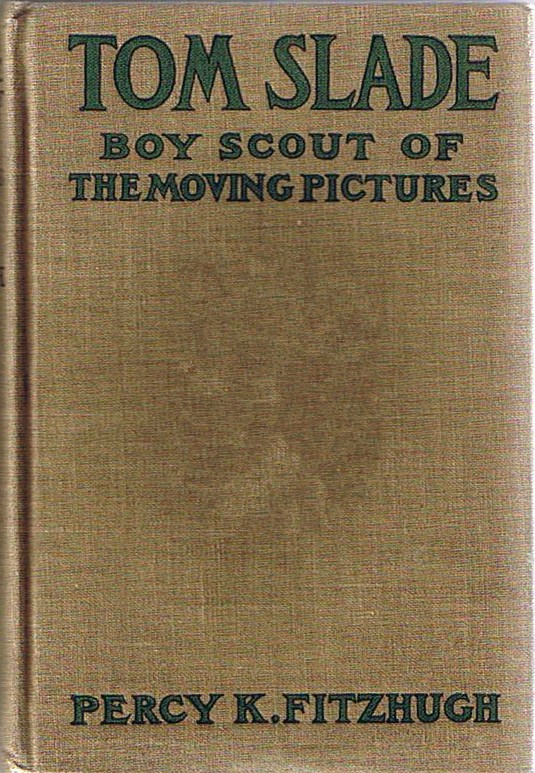 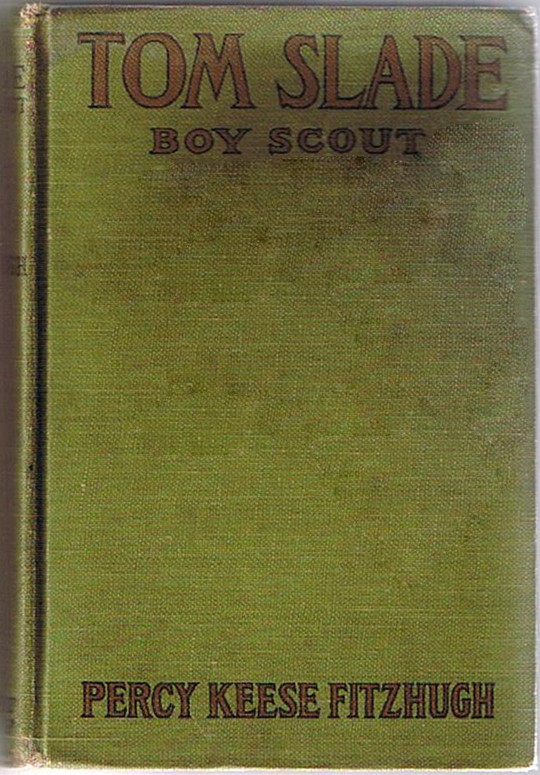
-TOM SLADE SERIES - Grosset & Dunlap
Version 1: (Volumes 1 – 3 only):
7 3/4” X 5 1/4” With a cloth binding in tan/gray ( this varies),with dark green lettering, undecorated. Pictorial (photographic) endpapers have various photos pertaining to the theme of the book. Paper stock is heavier than in other versions resulting in a thicker book. This format is used for all 3 volumes. Volume 1 Has the title: Tom Slade Boy Scout of the Moving Pictures. Volumes 2 & 3 have four illustrations by W.S. Rogers
Version 2
7 5/8” X 5 1/4” With a cloth binding in a sort of medium green and with black lettering on the spine. Brown lettering outlined in black on the front, undecorated. The shade of green and brown varies somewhat. Noted variants: Very light green binding and orange lettering on the front for example. Pictorial (photographic) endpapers as mentioned above. This format is common to the entire series.
Dust Jacket: Volumes 1 – 18 White Coated Paper, pictorial in color (colorized photographs), which are different for each book. The jackets have a green stripe top and bottom, that includes the spine, it has the title in yellow lettering. Volume 19 does not have the green stripes and is a painting.
Illustrations: Volume one has 15 illustrations (plus frontispiece) all taken from the motion picture. Other volumes have a frontispiece plus three others on coated paper.
Artists: Photographs; W.S. Rogers, T. Clarity, R. E. Owen, H. L. Hastings, E.N. Townsend.
Notes:
Variant bindings mentioned above are rather scarce.
Earlier printings show the author’s name as Percy K. Fitzhugh while subsequent printings show Percy Keese Fitzhugh.
Later printings of volume 1 dropped the “Boy Scout of the moving Pictures” and have only 7 photo illustrations (plus frontispiece)
Grosset & Dunlap had removed some of the titles from print in late 1930 or possibly 1931. They continued to print the following volumes: 1, 2, 10, 11, 13, 15, 16, 17, 18, & 19. The format for these books was unchanged; however, the dust jackets for all but volume 19 were revised. All of the titles were prefaced by the phrase “A Tom Slade Story” followed by the remainder of the title (e.g.: Volume 19 is- A Tom Slade Story: The Parachute Jumper). The cover illustrations were unchanged; however the green stripes were changed to a cream color, and they are a little wider at the top and narrower at the bottom.
Whitman Publishing versions: See 2300 Series below.
-WESTY MARTIN SERIES - Grosset & Dunlap
7 5/8” X 5 1/4” With cloth binding in red and with black lettering on the spine. Green lettering outlined in black on the front undecorated. This format is common to the entire series.
Illustrations: Frontispiece plus three others on coated paper.
Dust Jacket: White Coated Paper, pictorial in color, they are different for each book. On the spine of the dust jacket, a small portrait of Westy appears.
Notes:
In the early 1930’s Grosset & Dunlap re-published the first four titles in what was called a “Four in One Book” titled Out West with Westy Martin. The size of this book is 8 3/8” X 5 3/4”. With a cloth binding in green. Orange lettering on front and the spine. The front shows a simple line drawing, in orange, of Westy on a horse. The dust jacket is white coated paper, pictorial, color with the same jacket illustration as “Purple Sage”
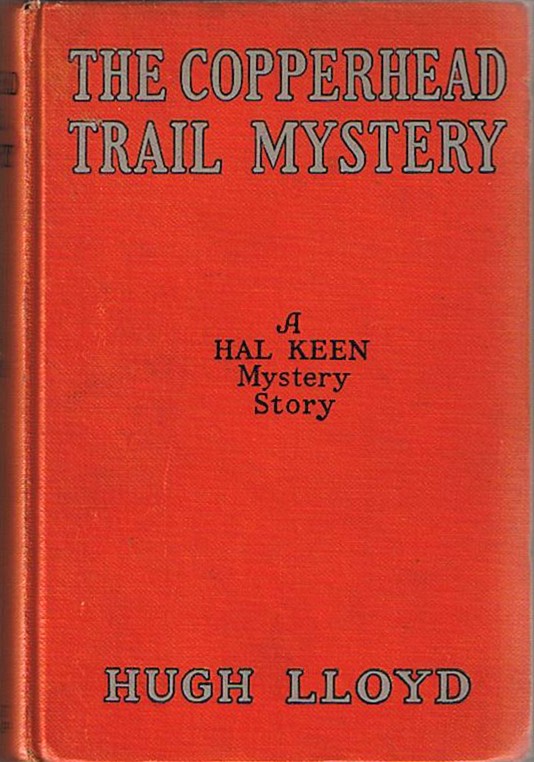 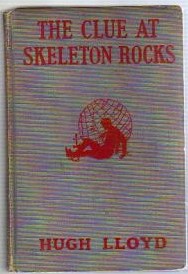
-HAL KEEN MYSTERY SERIES – Grosset & Dunlap
Version 1 (only volumes 1 – 6)
7 5/8” X 5 1/4” With cloth binding in orange and with black lettering on the spine. Silver lettering outlined in black on front, undecorated. This format is common to all 6 volumes.
Illustrations: Frontispiece plus 3 others on coated paper.
Dust Jacket: White coated paper, pictorial in color, different for each book.
Artist: B. Salg
Version 2 (all volumes)
7 5/8” X 5 1/4” With cloth binding in gray and with red lettering on the spine. On the front there is a small picture (in red) of a boy, reclining, with a spider web behind him. This format is common to the entire series.
Illustrations: Frontispiece plus 3 others on coated paper.
Dust Jacket: White coated paper, pictorial in color, they are different for each book.
Artist: B. Salg
Whitman Publishing versions: See 2300 Series below.
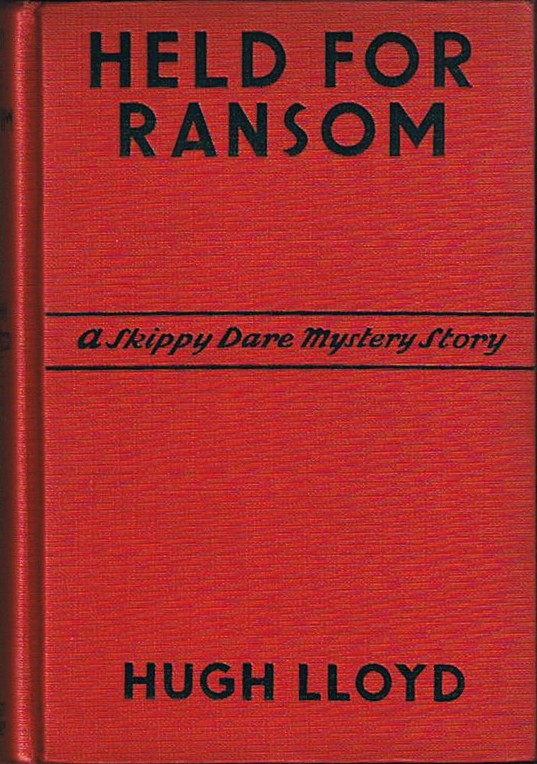
-SKIPPY DARE SERIES – Grosset & Dunlap
7 5/8” X 5 1/4” With cloth binding in red and with black lettering on the spine undecorated. There are pictorial endpapers. This format is common to the entire series.
Illustrations: There is s frontispiece on coated paper.
Dust jacket: White coated paper, pictorial in color, different for each book.
Artist: S. Fogel
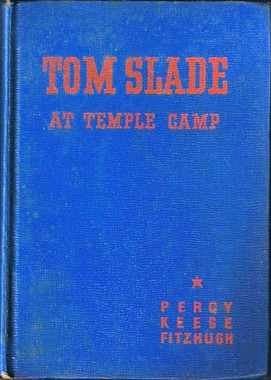 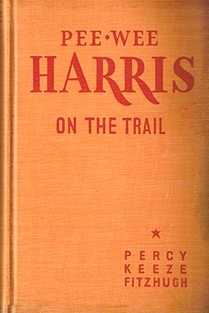 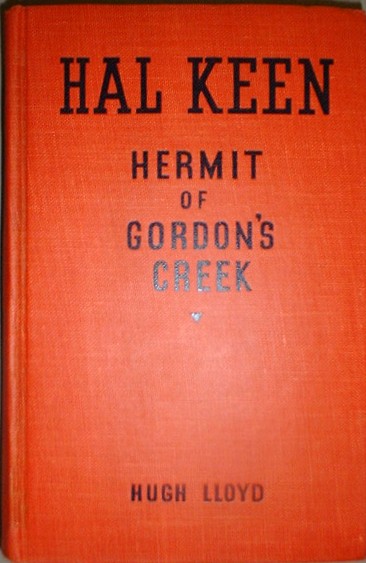
-2300 SERIES- Whitman
These books are part of the enormous (180 volume) 2300 series by Whitman. They added the Fitzhugh books to the series around 1937.
Volume 2304 Tom Slade
Volume 2305 Tom Slade at Temple Camp
Volume 2306 Pee- Wee Harris
Volume 2307 Pee-Wee Harris on the trail
Volume 2312 The Hermit of Gordon's Creek
Volume 2313 Kidnapped in the Jungle
Each of the titles above was published in two formats:
8” X 51/2” or 71/2 X 5” Cloth Binding in various colors, undecorated with red or black lettering. Later changed to Paper covered cardboard in various colors. Paper is of poor quality. Note: Sometimes Percy's middle name is spelled "Keeze"
Illustrations: Tom Slade at Temple Camp has 1 that I know of.
Dust jacket: White, coated paper, pictorial and in color, they are different for each book and different from the original G&D dust jackets. Volume numbers are on the spine.
Artist: Unknown
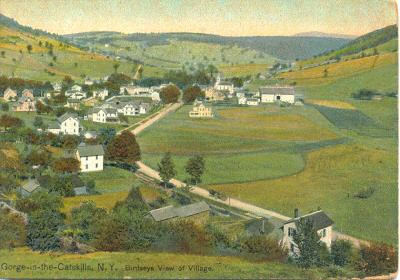
A village in the Catskills, circa 1920- near the location of "Temple Camp"
Other Works
-Uncle Sam’s Outdoor Magic Harper and Brothers
5” X 7.5” cloth binding in light terracotta color. Pictorial front in two colors and with brown lettering on the spine. 313 pages. Endpapers with leaf and peppercorn (or berry) motif. Tissue covered Frontispiece is a photo of Roosevelt Dam. Three illustrations by Edwin F. Bayha and a few other line drawings (map/diagrams) throughout.
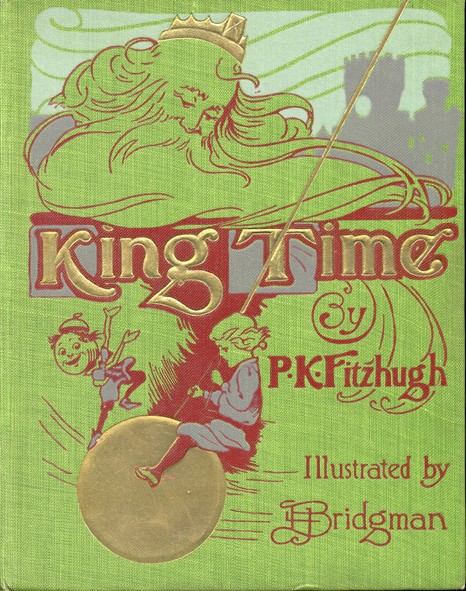 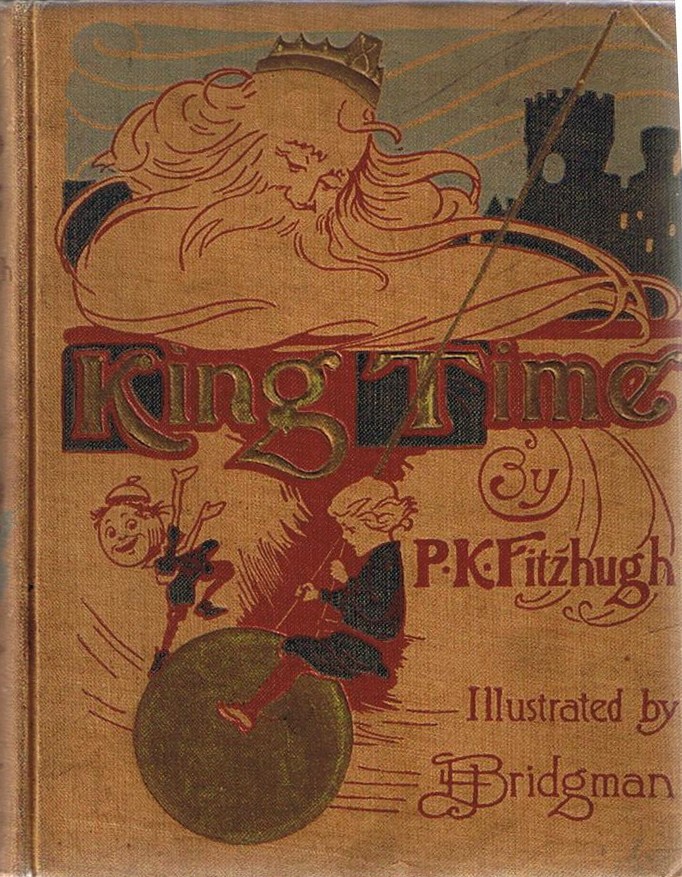
-King Time, or the Mythical Land of Hours H. M. Caldwell Co.
7” X 9” Cloth Binding in either mustard yellow or bright green. Pictorial front in 4 colors. 233 pages. Decorated end papers with clock and elf motif. This book was published in the US, Canada, Great Britton, and British Possessions which may account for the different color bindings
Illustrations: Full color frontispiece plus seven other color plates, richly illustrated with pen and ink throughout.
Artist: L.H. Bridgman
-Goldenrod Story Book McLoughin Brothers
51/2 X 8 Binding is paper over boards with yellow cloth spine. Pictorial front cover in color. 72 pages. Decorated end papers with tiny flower pattern.
Illustrations: full color and pen and ink images throughout.
Artists: H. Ihlefeld, G. A. Davis, and C. Kendrick
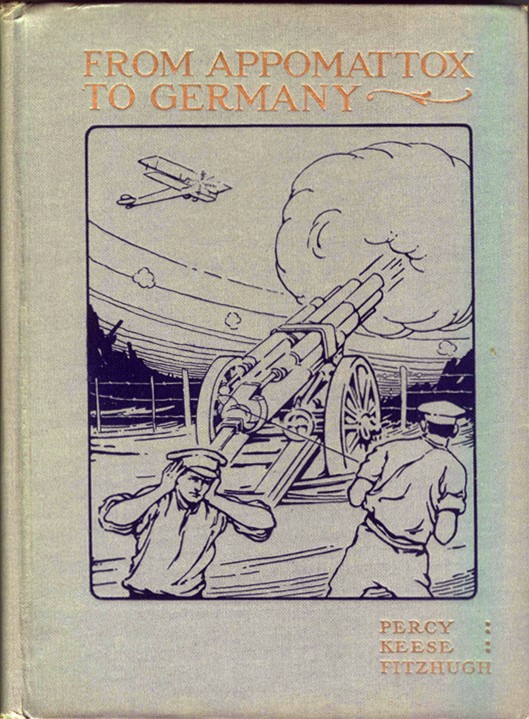 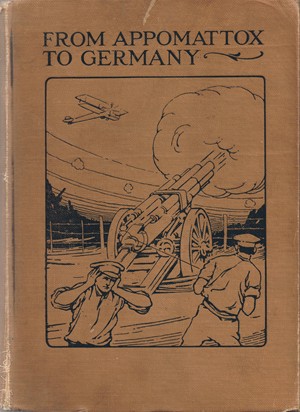
-From Appomattox to Germany Harper and Brothers
61/2 X 91/8 Cloth Binding in light blue with gold lettering and a dark blue picture. Later versions apear in tan cloth with black lettering and picture. 410 pages.
Illustrated throughout with black and white photos. Plain endpapers.
-The Little American Farmer McLoughin Brothers
10” X 121/4” Binding is paper over boards with red cloth spine. Pictorial front cover in full color (at least 2 versions are known to exist). 16 pages.
Richly illustrated throughout in full color.
FIRST EDITION/FIRST PRINTING/FIRST IMPRESSION
Which is it?
Collectors and book dealers have several definitions of the term “First Edition” it can be a bit nebulous. Most people associate the term with the “First Printing” or “First Impression” of a book. Technically, in the publishing world, it is associated with all of the printings that are released before changes to the original text/illustrations are made. For example, if there was a mistake in the text that was later corrected, or if text was added to, or removed from the original, then a subsequent book might be considered a second edition while all pervious printings of the book would be considered firsts. A first edition therefore, could also be printed by several different publishers over several years and over several printing runs. Using this strict definition, virtually all of Fitzhugh’s books are “First Editions”. Often collectors erroneously consider any change to the book to disqualify it as a first edition. In the case of the Fitzhugh books this includes the addition of book titles to the series book list which is often located in the back few pages of the book, or in the case of other books simply adding the words “second printing” would disqualify it as a first edition. However, because the text of the book is unchanged it is still a first edition under the strictest definition. Other people use the term “First Edition” with out knowing what it means. Many people erroneously assume that just because a book is not marked with a printing or edition number that it is a first edition. Also, the copyright date has little bearing as to the "edition" or "printing" of a book. The copyright date is simply the date it was copyrighted, and does not necessarily change with subsequent printings. The copyright date could have been assigned to the manuscript before it was published and can be associated with the book for years. Because of all of this confusion, I do not use the term "First Edition" when describing my Fitzhugh books, rather, I prefer the terms "First Printing" or "First Impression" which are synonymous and are not ambiguous.
How do I tell if my book is a First Printing?
Generally, with most Fitzhugh series books there is a list, in the back of the book, which shows the other available books in that series (sometimes called the advertising pages). Additionally, other available series books are listed here. Often these lists are the only way that you can begin to discern if the book in question is a first printing.
Let’s say, for example, that you are considering a copy of Pee-Wee Harris As good as his word. First, you should check to see if there is a book list in the last few pages of the book. If there is not a book list in the back of the book, you have a much later printing. If the Pee-Wee Harris series book list is present and the list includes PWH - As good as his word or if the list goes to PWH - Sunken Treasure or beyond then you know you do not have a first printing. If the list does not include PWH As Good As His Word, you can assume that you have a first printing, this is because the book lists were not usually updated to reflect the new title in the series until after the first printing. To be more accurate, you also need to check the other books in the other series listed and compare them to their print dates, For example PWH As Good As His Word was released in 1925, If the book list in the back for the Tom Slade series includes the title Tom Slade Forest Ranger (published in 1926) you know for sure that your book cannot be from the first printing. This can be a bit tedious. Also- this is just a guide… there are some exceptions.
Dust Jackets-If you have an original dust jacket, you can get similar information from the underside. There are extensive lists of books included there that will aid in the identification process. A dust jacket, which may be more valuable than the book it accompanies, has no specific bearing on the edition or printing of the book itself. But there are editions and printings of jackets themselves. There is no way to determine that the dust jacket now on a volume was always on that volume (unless the book has been in your possession since new). Jackets are frequently swapped by collectors. In some cases, the publisher used "old stock" dust jackets on newer books (this would make the book appear like an earlier printing). Additionally, it was not uncommon for booksellers to request new dust jackets to replace ones that were shelf worn (thereby making the book appear to be a newer printing). So using the dust jacket as an identifying tool for the book should not be done. Also be aware that there are several good reproduction dust jackets being sold.
Binding- In the case of the Tom Slade books and the Roy Blakeley books, the binding of the books was drastically changed part way into the series, this is a good way to rule out some volumes as first printings. For example, if you have a copy of Roy Blakeley, His Story in a red cloth binding, you know for sure that it cannot be a first printing since the first printing was done in gray cloth. If you have a copy of Tom Slade and the phrase Boy Scout of the moving Pictures is not present on the cover, you know for sure that you do not have a first printing since the first printing of this book had the phrase on the cover.
This is only a guide and you should bear in mind that new information is always being discovered. Anyone with aditional information to share is invited to forward it to me for posting on this site.
Jeff
Jeff@bridgeboro.com
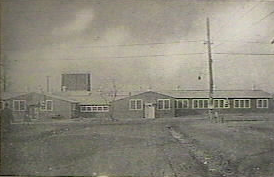
Camp Merrit, NJ Circa 1915
|
